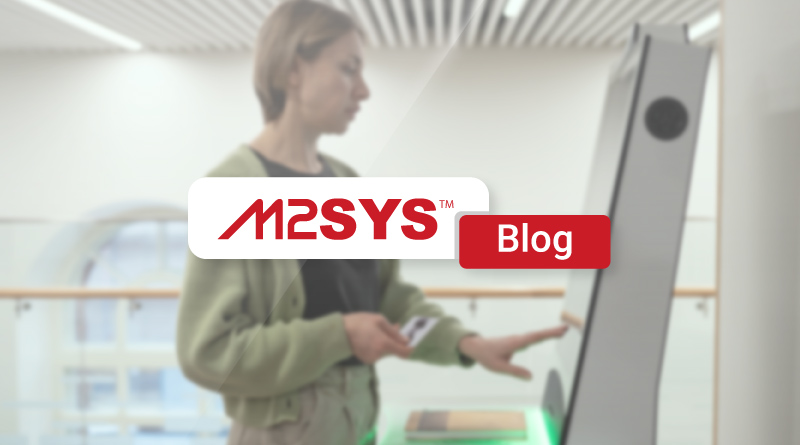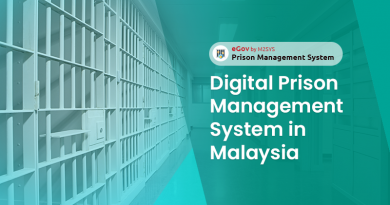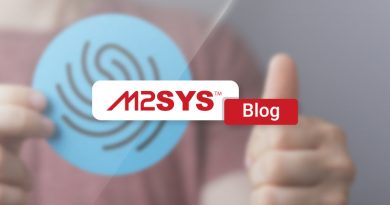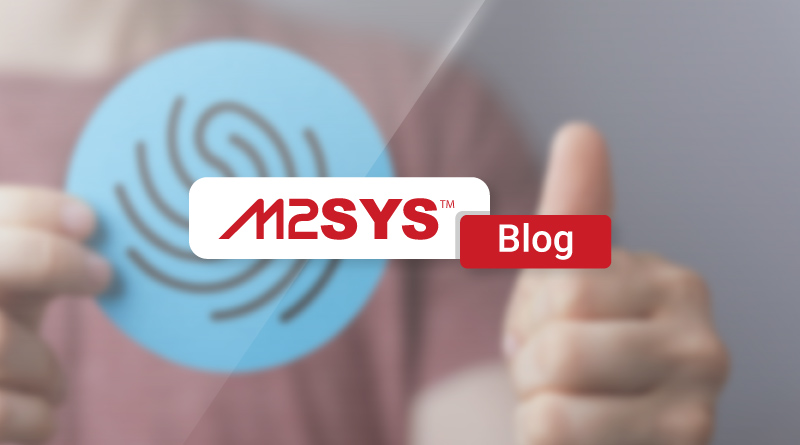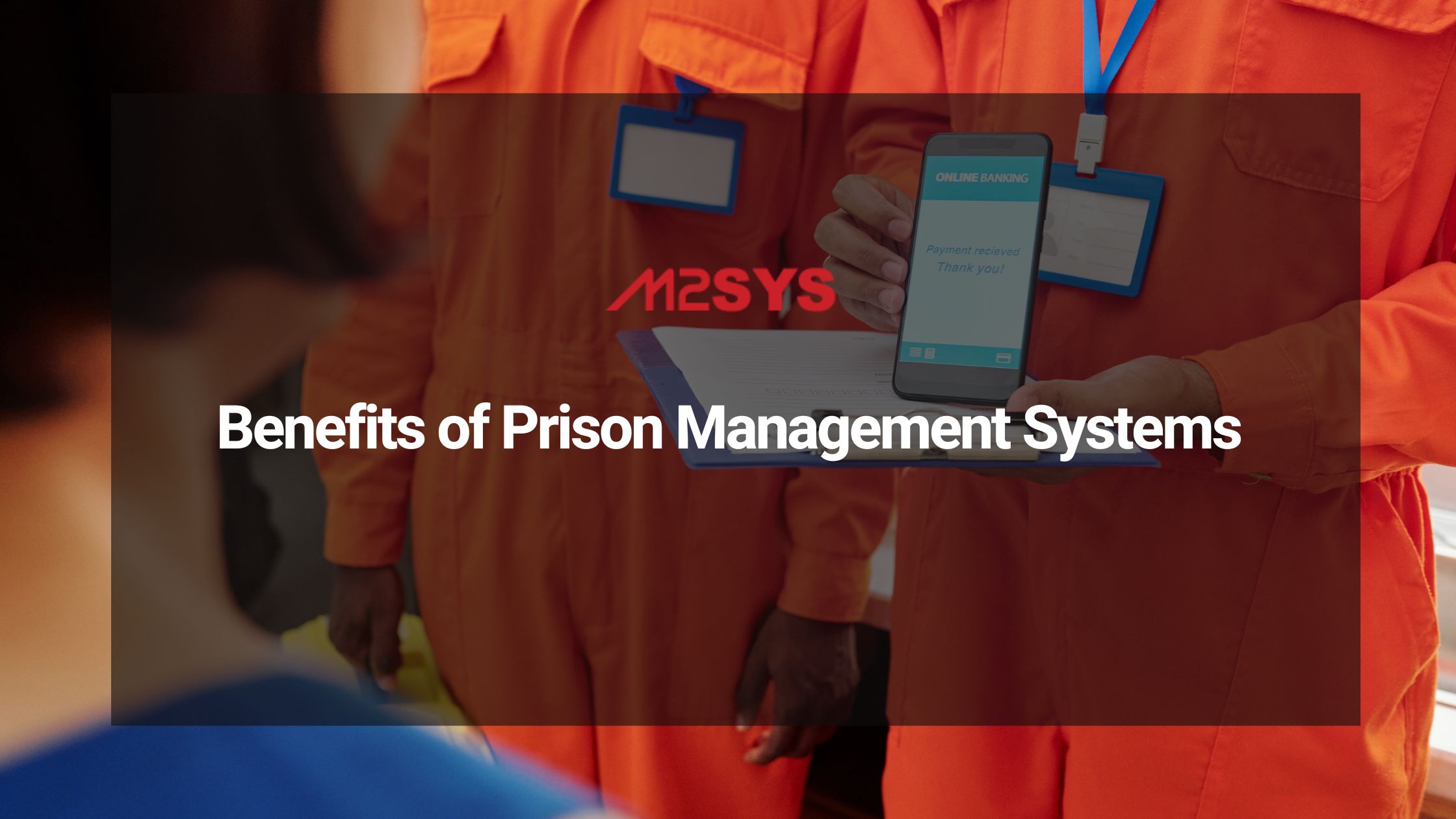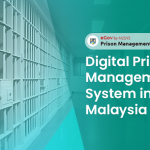Automated border clearance with role-based access control
Automated border clearance systems, enhanced by role-based access control, are revolutionizing travel. These systems expedite processes, bolster security, and address privacy concerns, despite initial costs. As technology advances, they promise a more seamless and secure travel experience.
TL;DR
- Automated border clearance systems are revolutionizing travel by expediting passport control and enhancing security.
- Role-Based Access Control (RBAC) ensures only authorized personnel access sensitive data, reducing security risks.
- Despite privacy concerns, transparent policies can manage data usage effectively.
- Initial costs are outweighed by benefits like shorter wait times and improved airport efficiency.
- Embrace the future of travel with seamless and secure border processes.
Contact us to learn more about implementing these cutting-edge solutions: https://www.m2sys.com/contact-us/
Picture this: It’s a bustling Friday at an international airport, and you’re eagerly anticipating your upcoming trip. However, your excitement is dampened by the long queues at passport control. As the minutes drag on, you can’t help but wonder if there’s a more efficient way to navigate these border checks. This scenario is all too familiar for many travelers, but fortunately, innovations like automated border clearance systems, enhanced by role-based access control, are revolutionizing the travel experience.
With the continuous rise in global travel, the demand for efficient and secure border clearance processes is more critical than ever. Automated border clearance systems, which leverage cutting-edge technology to verify travelers’ identities, are becoming increasingly common. These systems not only expedite the process but also bolster security by minimizing human error.
A key component of this transformation is AI-Powered Role-Based access control (RBAC). By assigning permissions according to specific roles, RBAC ensures that only authorized personnel can access sensitive information, thereby reducing the risk of data breaches and enhancing security at border checkpoints.
However, the adoption of these technologies is not without its challenges. Privacy concerns are a significant issue, as travelers are often apprehensive about how their data is utilized and stored. Nevertheless, with appropriate safeguards and transparent policies, these concerns can be effectively managed.
Moreover, while the initial cost of implementing automated systems can be substantial, the advantages often outweigh the investment. Quicker processing times lead to shorter waiting periods, improving the travel experience and increasing airport efficiency.
In conclusion, automated border clearance systems, supported by role-based access control, are paving the way for a more seamless and secure travel experience. As technology continues to advance, we can anticipate further enhancements in border crossing processes, transforming travel from a mere necessity into an enjoyable experience.
How-To Guide: Navigating Automated Border Clearance
Step 1: Prepare Your Documents
Ensure you have all necessary travel documents ready, including your passport and any required visas. Check if the destination airport supports automated clearance systems to facilitate your process.
Step 2: Use Biometric Kiosks
At the airport, follow the signs to the automated border clearance kiosks. These might require a biometric scan, such as a facial recognition or fingerprint scan – familiarize yourself with the process ahead of time. Learn more about biometric systems at border checkpoints by exploring our article on the Face Biometrics System.
Step 3: Follow the On-Screen Instructions
Once at the kiosk, follow the prompts on the screen to scan your documents and biometrics. This process will verify your identity swiftly compared to traditional methods.
Step 4: Proceed to the Designated Exit Lane
After successful identity verification, proceed to the designated lane for automated processing. Ensure you have all personal belongings as you move forward.
Step 5: Address Any Issues
If you encounter any difficulties, seek assistance from border control officers available in the area. They are there to help manage any complications emerging from the automated system usage. For further guidance on modern border management practices, you can visit our section on Securing Airports with Modern Border Management.
Step 6: Enjoy Your Journey
Once clear, proceed to enjoy your journey with the time saved from using efficient border control technologies. If you have questions or need further assistance, feel free to contact us.
Frequently Asked Questions
What are automated border clearance systems?
Automated border clearance systems are advanced technological setups designed to streamline the process of verifying travelers' identities at border checkpoints. They use technologies like biometrics and facial recognition to quickly and accurately process passengers, reducing wait times and minimizing human errors. Learn more about how these systems are implemented in international settings by visiting our Biometric Self-boarding Gates resource.
How does role-based access control enhance border security?
Role-based access control (RBAC) improves security by ensuring that only authorized personnel have access to sensitive border control information. By assigning roles and permissions, RBAC reduces insider threats and enhances data protection. For more insights, check out our article on AI-Powered Role-Based Watchlist Management.
What privacy concerns are associated with automated border control systems?
Privacy concerns often arise from the collection and storage of travelers' personal data. To address these issues, it is crucial to implement transparent policies and robust data protection mechanisms. These systems must also comply with relevant privacy laws to ensure travelers' data is secured.
Is the initial investment in these systems justified?
While the initial cost of implementing automated border clearance systems may be substantial, the benefits such as reduced wait times, improved processing accuracy, and enhanced security often outweigh the investment. You can read more about these benefits in our page on the M2SYS Border Control Solution.
How do automated systems address resource allocation challenges?
Automated systems offer detailed analytics and insights that help anticipate staffing needs and optimize resource allocation, especially during fluctuating travel volumes. The use of analytics tools allows for efficient management of personnel and resources, reducing bottlenecks at high-traffic points.

